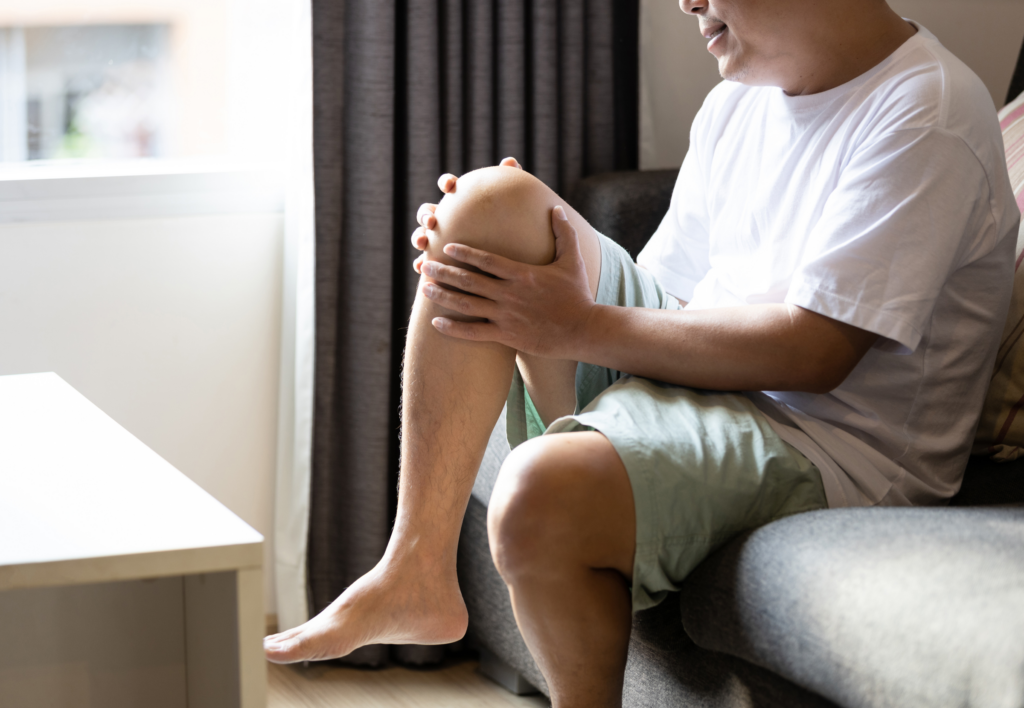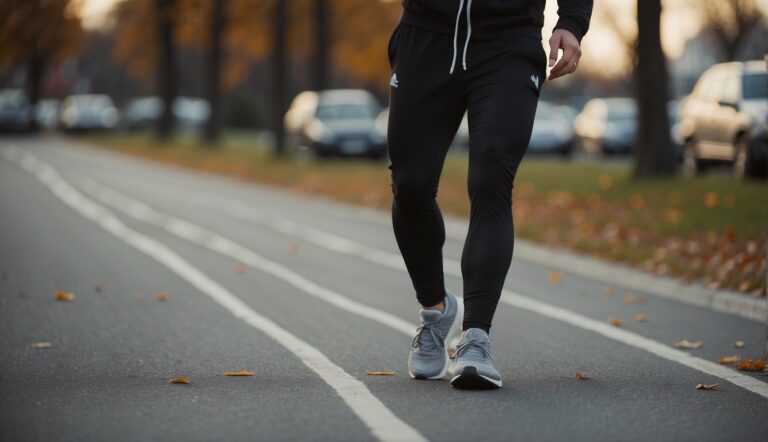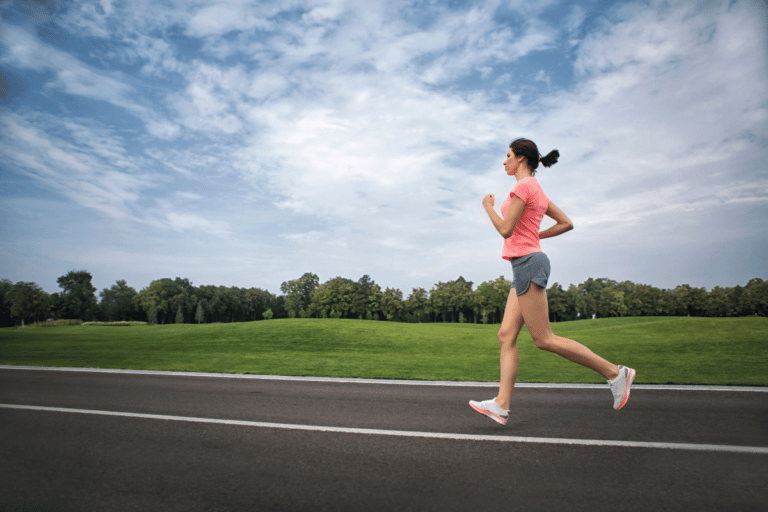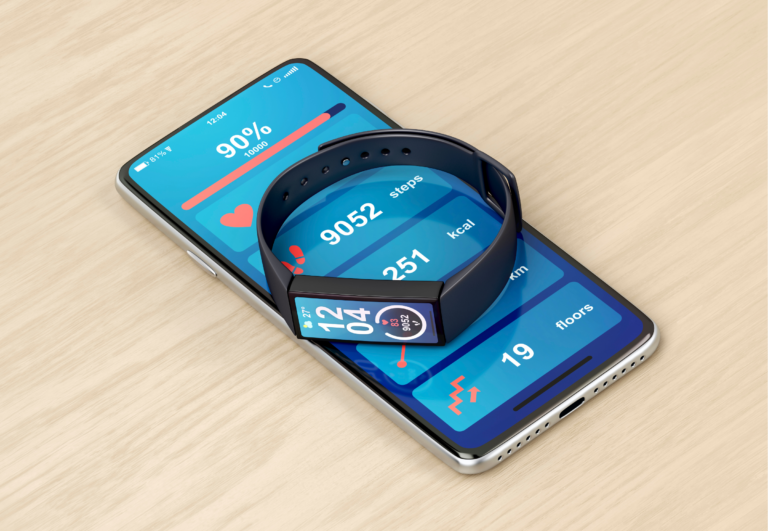Running Warm-Up Routine With Arthritis (Quick 10-Minute Routine for Joint Support)
Running with arthritis can be challenging, yet with the proper warm-up routine, you may enhance your comfort and reduce the risk of injury. A well-designed 10-minute warm-up prepares your joints, muscles, and mind for the physical activity ahead. This is essential for maintaining fitness levels and ensuring that you can perform to the best of your ability.
Before lacing up your sneakers, dedicate time to warming up to increase muscle temperature and blood flow. Doing so can help to minimize stiffness and joint pain, making your run more enjoyable and less taxing on your body. Remember to focus on movements that are gentle and within your range of capabilities to avoid overexertion.
The key is to opt for a warm-up that targets the muscles and joints you’ll use most while running. Employ dynamic stretches and low-impact exercises that safely increase your heart rate and prepare your body for the demands of running. This can lead to improved performance and, over time, may even assist in managing your arthritis symptoms.
The Best Warm-Up Routine for Runners with Arthritis
A 10-minute warm-up routine for runners with arthritis should focus on gently mobilizing the joints and increasing circulation without causing additional stress.
Here’s a step-by-step routine tailored for individuals with arthritis, aiming to improve joint pain and mobility:
- Hip Circles (1-2 minutes): Stand with your feet hip-width apart and hands on your hips. Slowly rotate your hips in a circular motion, first clockwise and then counterclockwise. This helps to loosen the hip joints and improve mobility.
- Arm Circles (1-2 minutes): Extend your arms out to the sides at shoulder height. Slowly make small circles with your arms, gradually increasing the size of the circles. Perform the circles both forward and backward. This exercise warms up the shoulder joints.
- Heel-to-Toe Walk (1 minute): Slowly walk in a straight line, placing your heel down first and then rolling through to your toe with each step. This promotes balance and ankle mobility.
- Lunges with a Twist (2 minutes): Step forward into a lunge, keeping your front knee above your ankle. Place your hands on your hips or extend them for balance, and gently twist your torso toward the front leg. Alternate legs. This warms up the legs and lower back while gently twisting the spine.
- Leg Swings (1 minute each leg): Hold onto a support for balance and swing one leg forward and backward, keeping it relaxed. Then, swing it side to side across your body. This helps to loosen the hip flexors, hamstrings, and adductors.
- Light Stretching (2 minutes): Perform gentle static stretches targeting key muscle groups like the calves, quads, hamstrings, and lower back. Hold each stretch for about 15-30 seconds without bouncing, to improve flexibility and reduce stiffness.
Remember to listen to your body and adjust the intensity and duration of each exercise according to your comfort level. It’s important not to overdo it and to focus on smooth, controlled movements to prevent any additional strain on the joints.

Tips for Warming up for a Run with Arthritis
The warm-up routine above is designed to gradually prepare your body for a run by increasing your heart rate, blood flow, and energy levels while also helping to prevent injuries.
Here are some other things to consider:
Start with a Gentle Jog
Begin your warm-up with a gentle jog to slowly elevate your heart rate. This light cardio exercise is crucial for signaling your body to start directing blood flow to your muscles.
- Duration: 3 minutes
- Pace: Start at a comfortable pace where you can easily hold a conversation.
- Focus: Be mindful of your breathing—keep it steady and avoid letting your heart rate rise too quickly.
Gradually Increasing Intensity
Once your muscles are loose, it’s time to increase the intensity of your warm-up with dynamic exercises that mimic your running movements.
- High Knees:
- Duration: 1 minute
- Purpose: Activates your core and improves coordination.
- Execution: Stand tall, bring your knees up to your chest in a controlled manner.
- Butt Kicks:
- Duration: 1 minute
- Purpose: Warms up your hamstrings and prepares them for the speed of your run.
- Execution: Kick your heels up towards your glutes, maintaining a quick cadence.
- Reverse Lunge:
- Duration: 2 minutes
- Purpose: Engages your hip flexors, quads, and glutes, enhancing your stride.
- Execution: Step back into a lunge, alternate legs, keep your upper body straight.
As you progress through these dynamic exercises, gradually increase your speed and intensity to approach your planned training or race pace. After the 10-minute warm-up, you should feel energized and ready to transition to your training run without a sudden spike in your heart rate.
Arthritis and Running – What is the Impact?
When you consider running with arthritis, a balance between movement and joint protection is essential. Running can manage arthritis symptoms but requires careful attention to avoid aggravating your condition.
Benefits of Running for Arthritis
Running may seem counterintuitive if you have arthritis, but it can bolster your joint health when done correctly.
Moderate running stimulates blood flow, which helps nourish joint tissues, and strengthens the muscles around your joints, offering better support and reducing stress. Moreover, running is a proven way to maintain a healthy weight, which is crucial for reducing pressure on weight-bearing joints.
- Stimulates blood flow: Improves joint lubrication.
- Strengthens supporting muscles: Reduces joint load.
- Maintains healthy weight: Decreases stress on weight-bearing joints.
Remember, before starting any running program, consult your doctor, especially if you have rheumatoid arthritis or osteoarthritis, to ensure suitability for your specific condition.
Potential Risks and Precautions
While running can be beneficial, it’s important to recognize its high-impact nature can pose risks, particularly to vulnerable joints. To minimize the risk of injury, start with a tailored warm-up routine to prep muscles and joints, and consider low-impact alternatives like swimming or cycling for days when your joints feel especially tender.
- Tailored warm-up: Essential for preparing your joints.
- Low-impact alternatives: Consider on days of severe joint pain.
- Joint protection techniques: Use proper footwear and run on softer surfaces.
Consulting with a sports doctor or a professional within the arthritis community can help you develop a running and joint protection plan that aligns with your capabilities and protects against exacerbation of joint pain.
Monitoring Your Progress and Adjusting the Routine
Your arthritis running warm-up routine should evolve with your condition and fitness level. Keeping a detailed log and consulting with healthcare professionals ensures your routine remains effective and safe.
Tracking Your Warm-Up Efficacy
To determine if your 10-minute warm-up routine positively impacts your heart and lung health, track your rate of perceived exertion (RPE). Use this simple table after each warm-up:
| Date | Warm-Up Routine | RPE | Notes |
|---|---|---|---|
| YYYY-MM-DD | (Details of Warm-up) | 1-10 | (Any changes) |
If you consistently log lower RPEs, it’s a sign of improved fitness indicating that your body may be ready for more challenging warm-ups. Balance this with the physical activity’s impact on joint pain and stiffness. Adjust your exercises based on this feedback.
When to Consult a Healthcare Professional
Your exercise program is an important element of arthritis management. Consult your doctor or a physical therapist if:
- Your joint pain or stiffness increases post-exercise
- You experience a decrease in your positive state of mind or an increase in anxiety related to your warm-ups
- You’re unsure how to adjust your routine for optimal benefits
Regular interactions with rehab specialists can refine your routine for better balance and joint protection ensuring regular exercise supports your health without causing harm.






